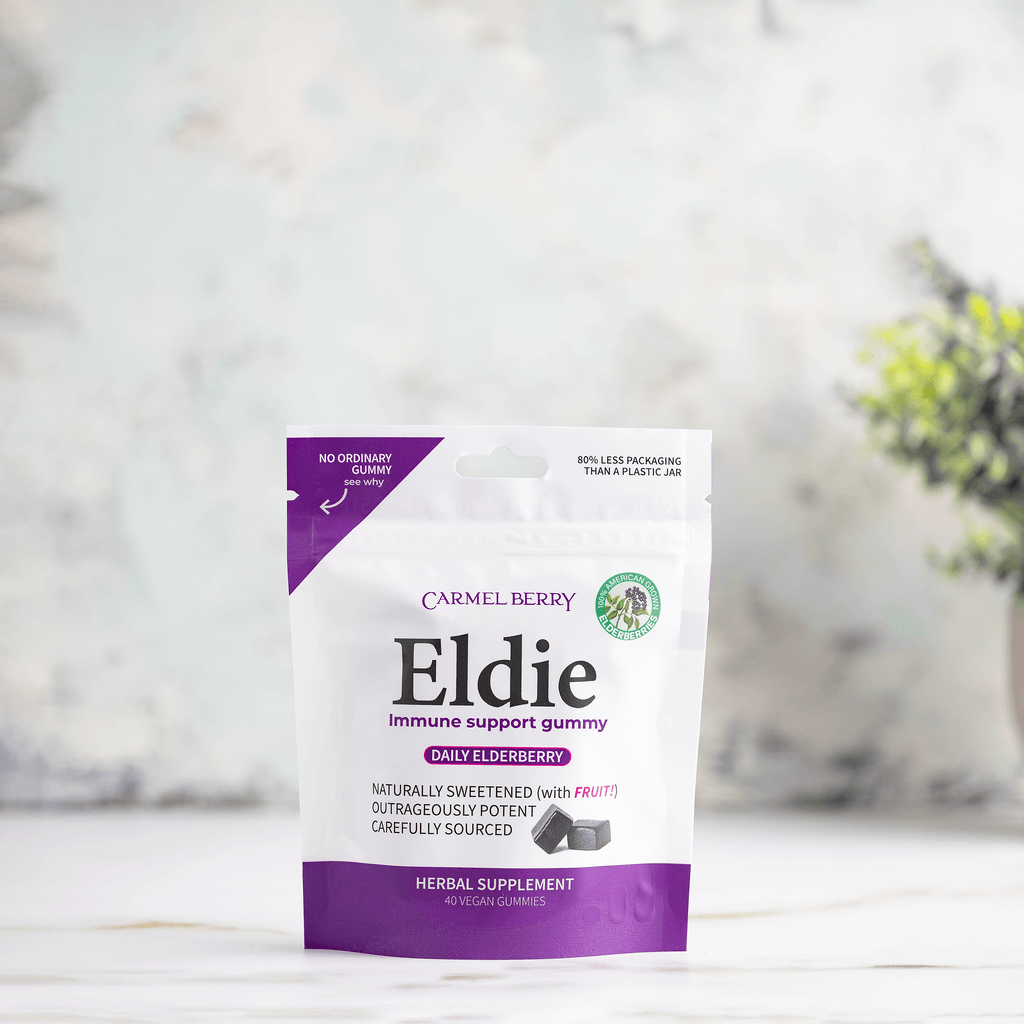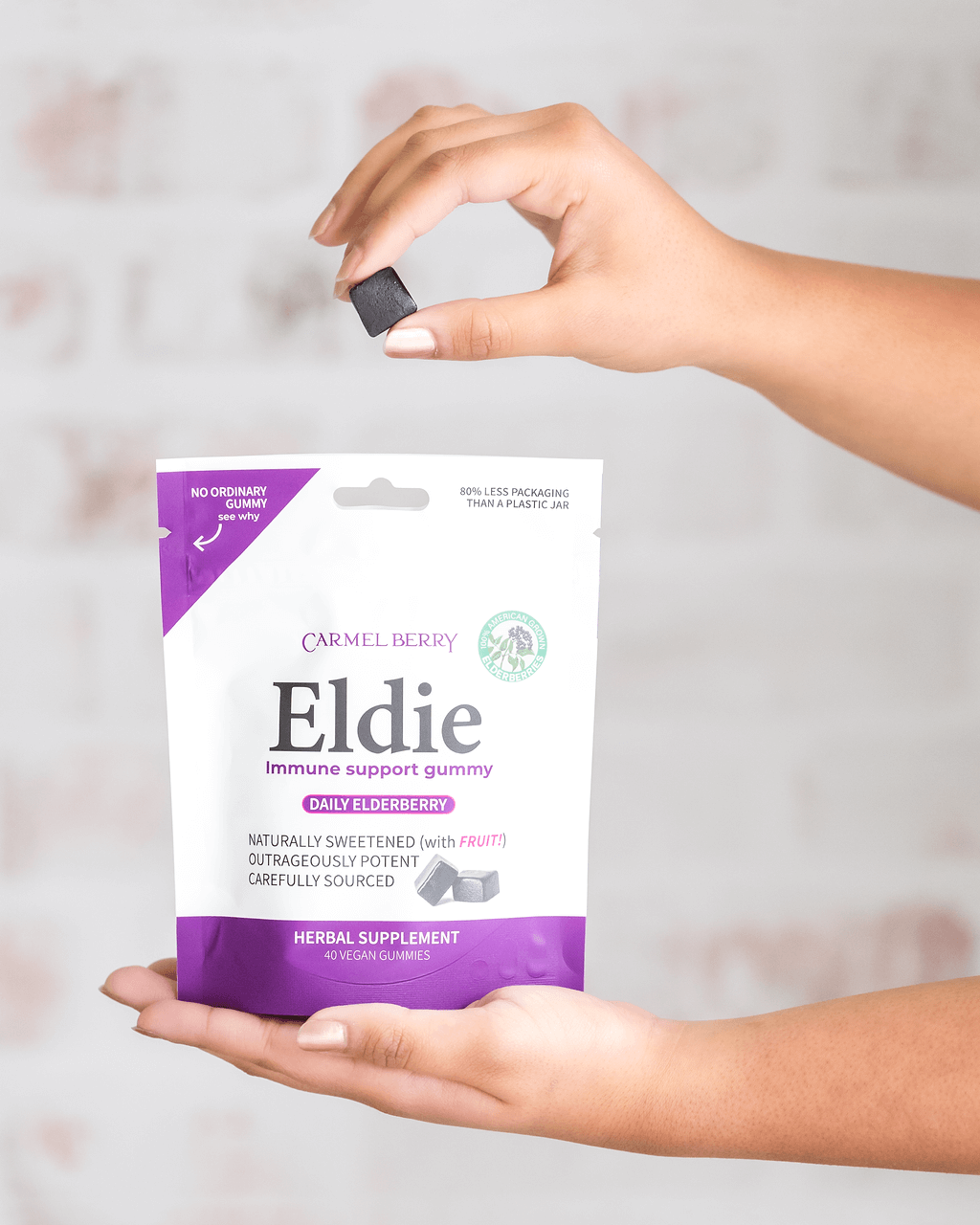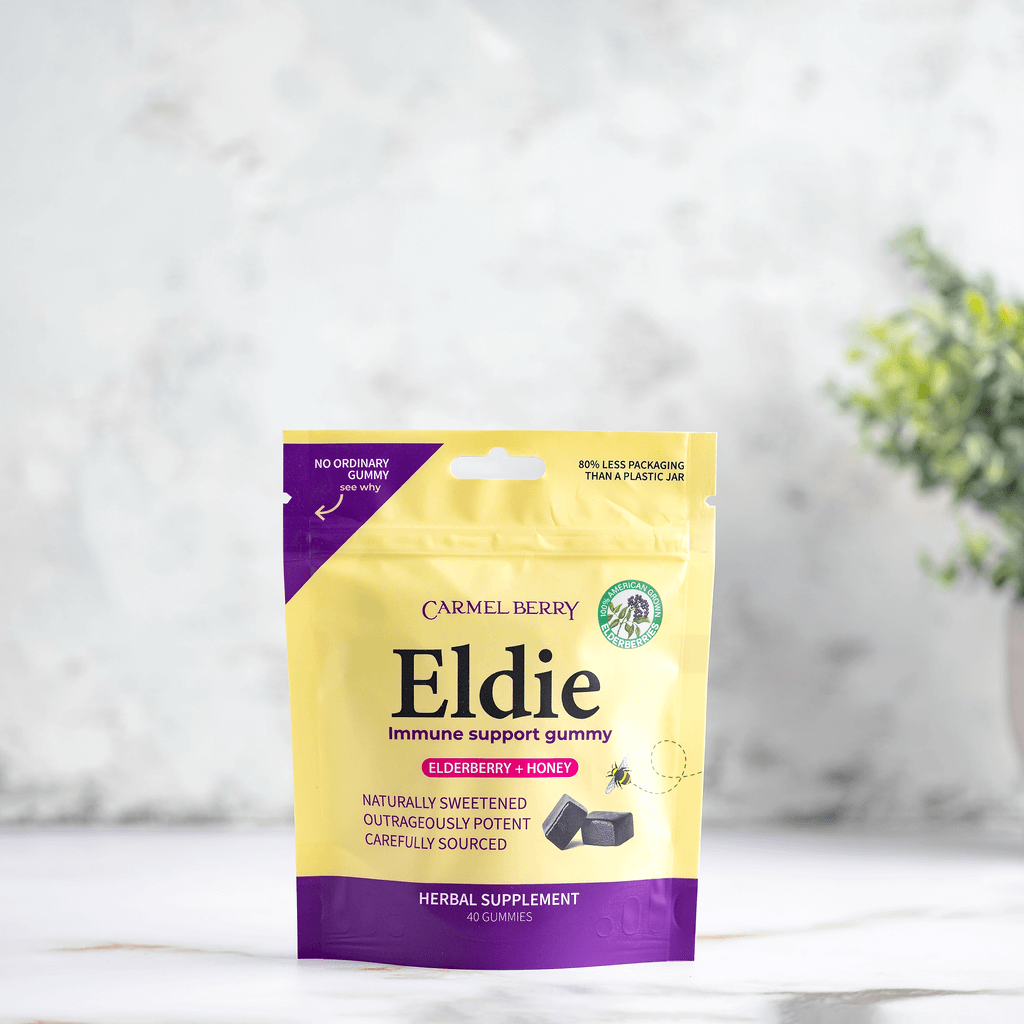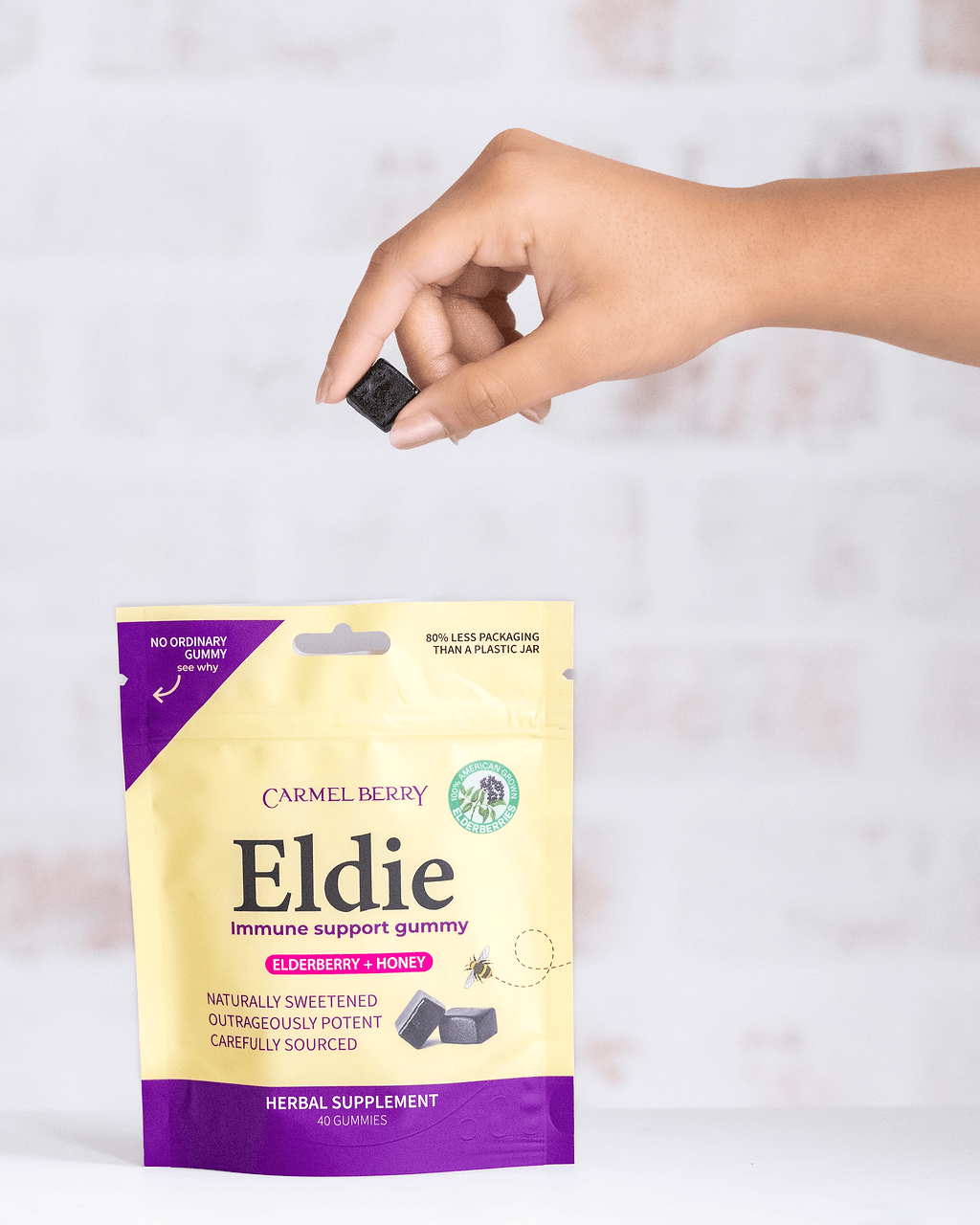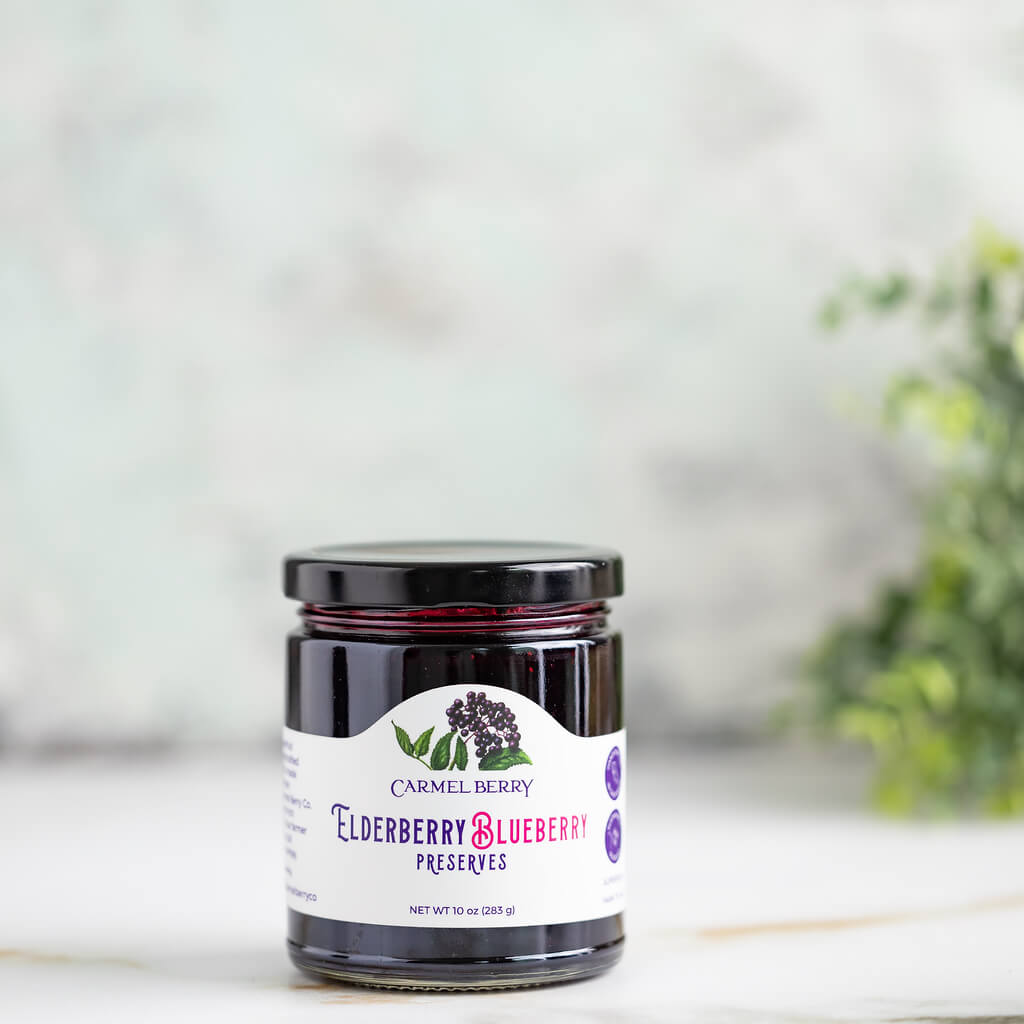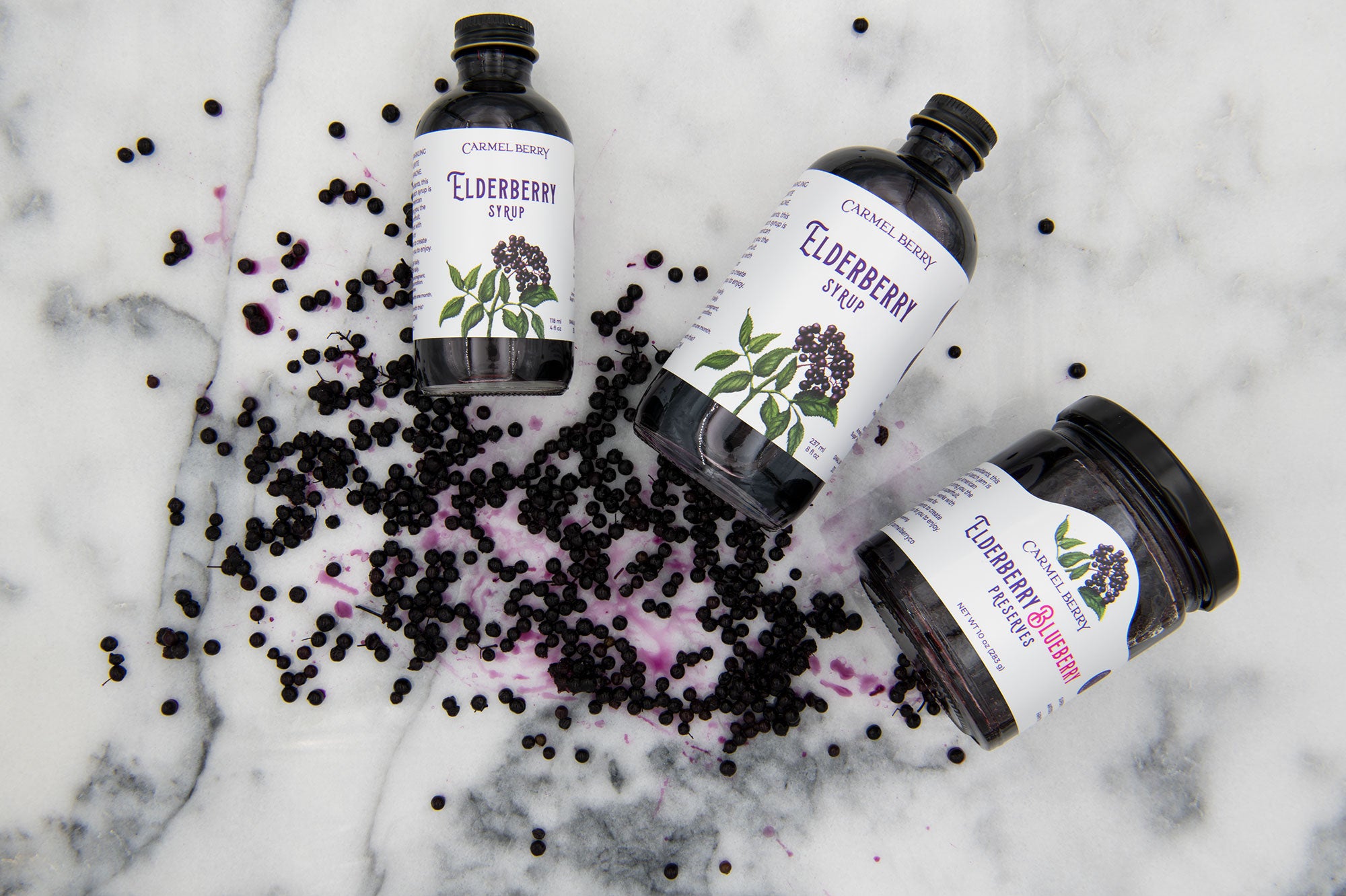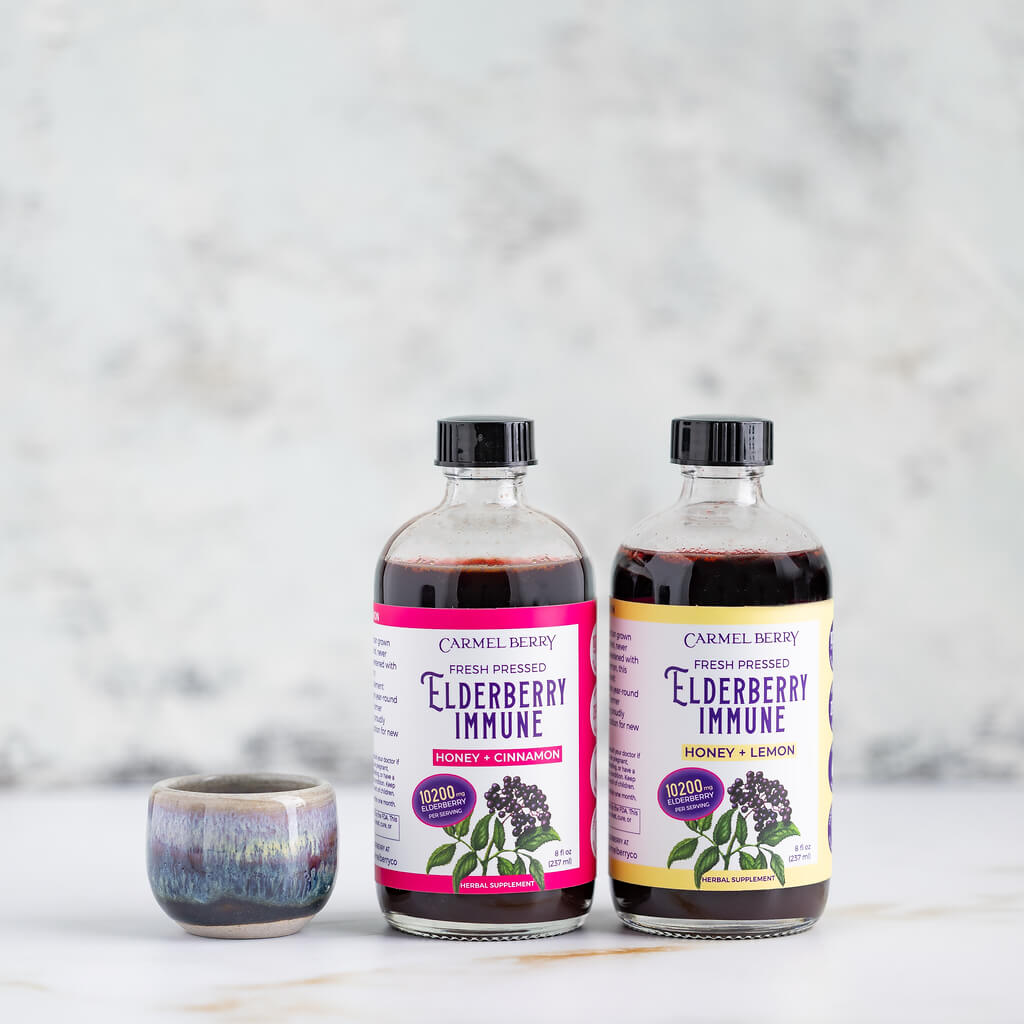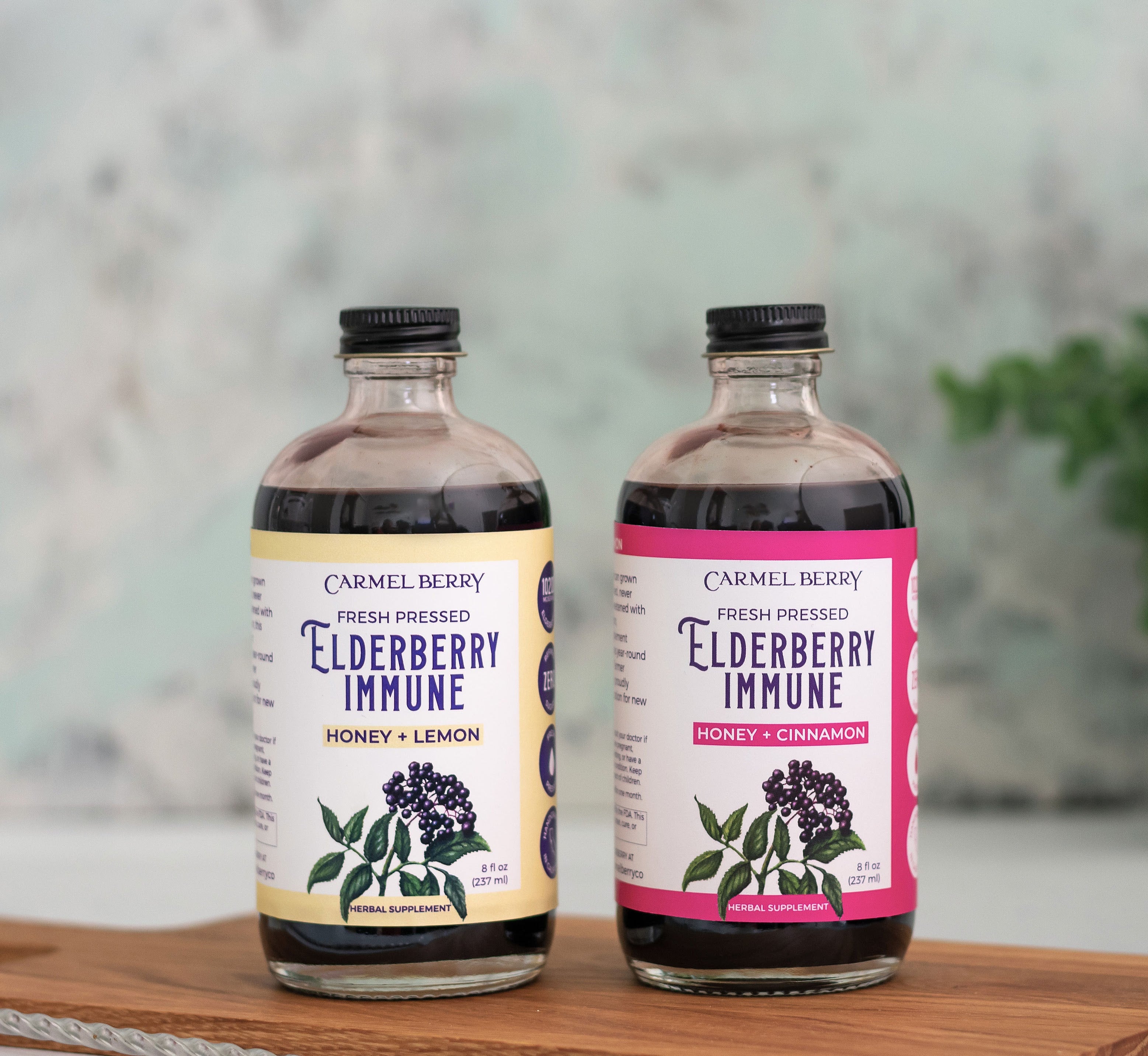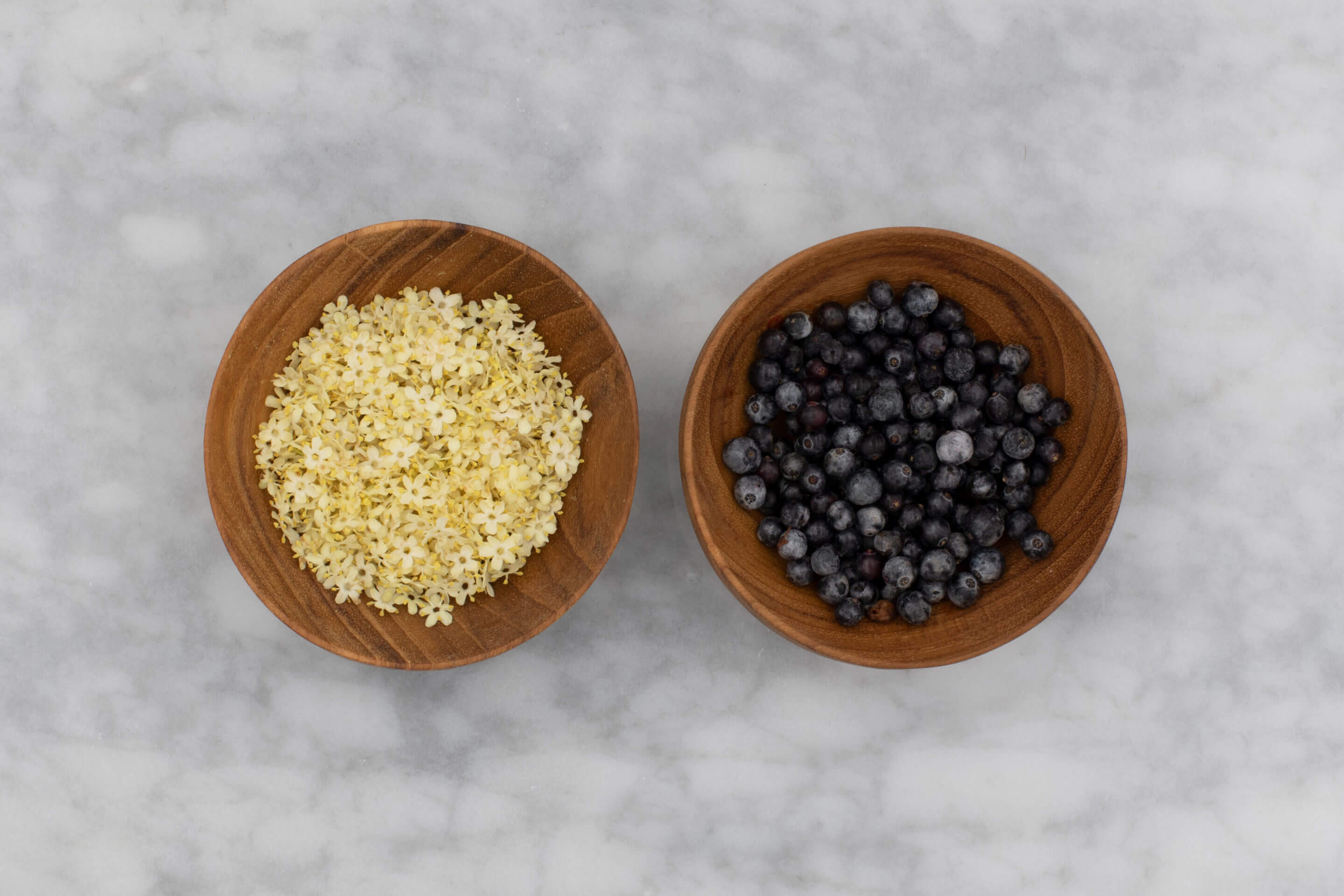Both the elderflower and the elderberry are nutrient and polyphenol-rich, and are used to make food and supplements.
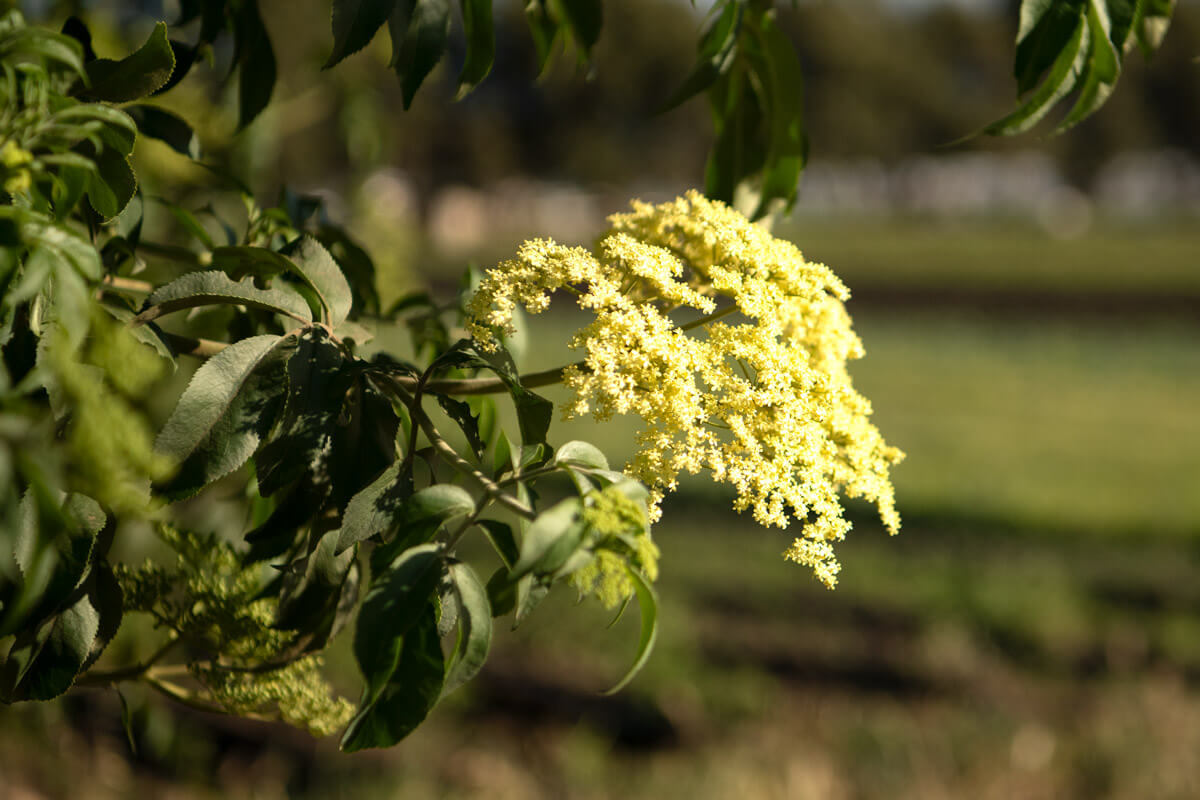
The Elderflower
History of Healing
Perhaps humanity’s first cultivated herb, the elderflower’s presence in medicine dates back to the stone age. Packed with phytonutrients, elderflower is traditionally used to support respiratory and immune health.*
Fit for a Royal Palate
To create the now-legendary Lemon Elderflower cake for the 2018 wedding of Prince Harry and Megan Markle, London pastry chef Claird Ptak soaked sponge cake in elderflower syrup and layered it with lemon curd. It was iced with Swiss meringue buttercream infused with elderflower cordial. Just as Harry and Megan have rewritten the rules of royalty, this “non-traditional” cake modernized culinary tradition with elderflowers front and center.
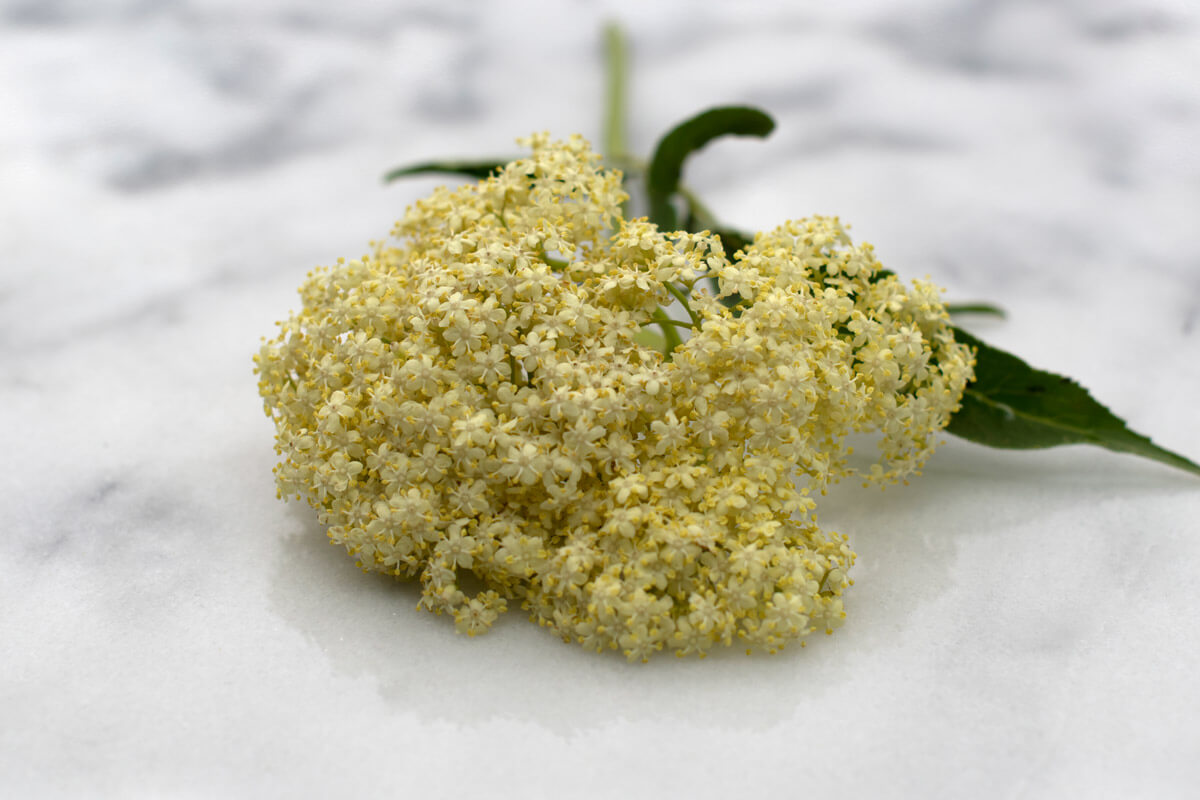
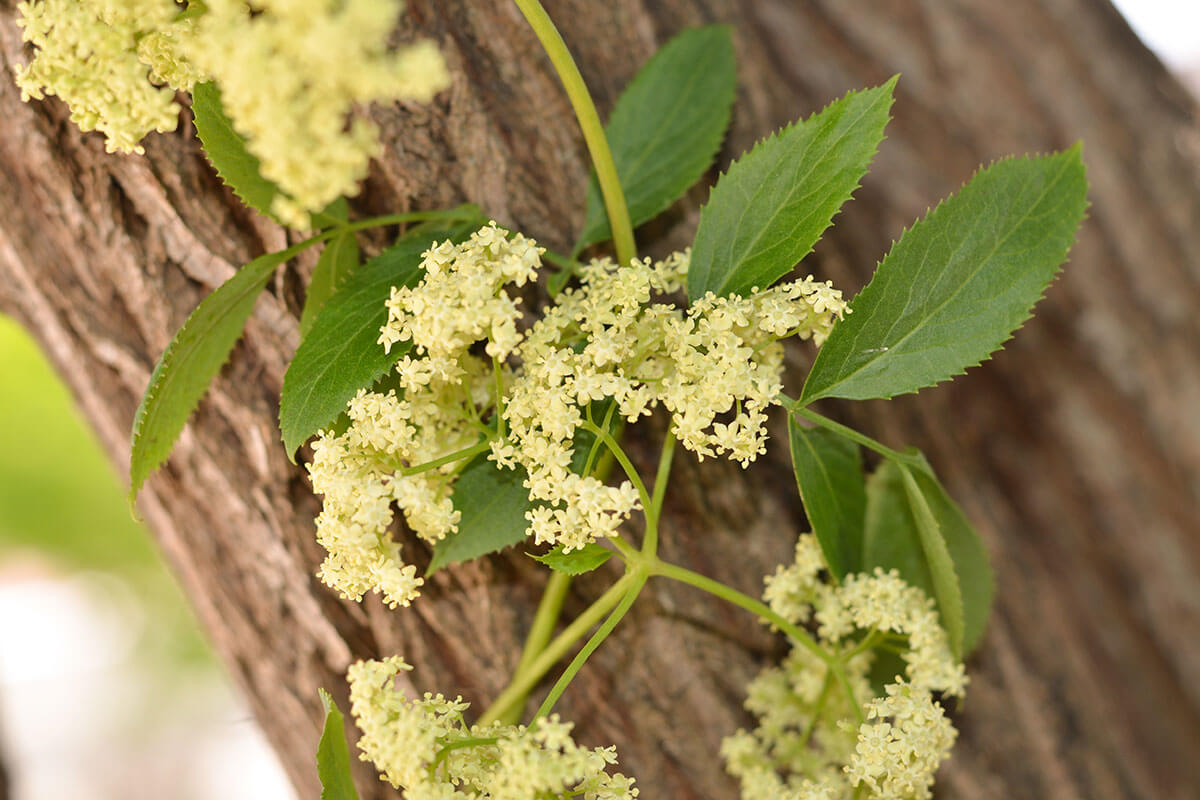
Musical Magic
Because of its hollow branches and flexibility, the wood of the elderberry bush has been used for centuries to make musical instruments. The Etymology of Latin word for elderberry, Sambucus,comes from the Greek word Sambuke, which means “a musical pipe.” The Rumsen Ohlone on whose ancestral lands lie Carmel Valley and Big Sur, uses the branches as clapping sticks like a percussion instrument.
It is a true superfruit
For centuries, communities across the globe have utilized the elderberry for its potent nutritional benefits and traditional immune support.* Containing even more polyphenols than the blueberry, elderberry is a nutrient-dense food that doesn’t need to come from deep in the Amazon rainforest, but grows right here at home.
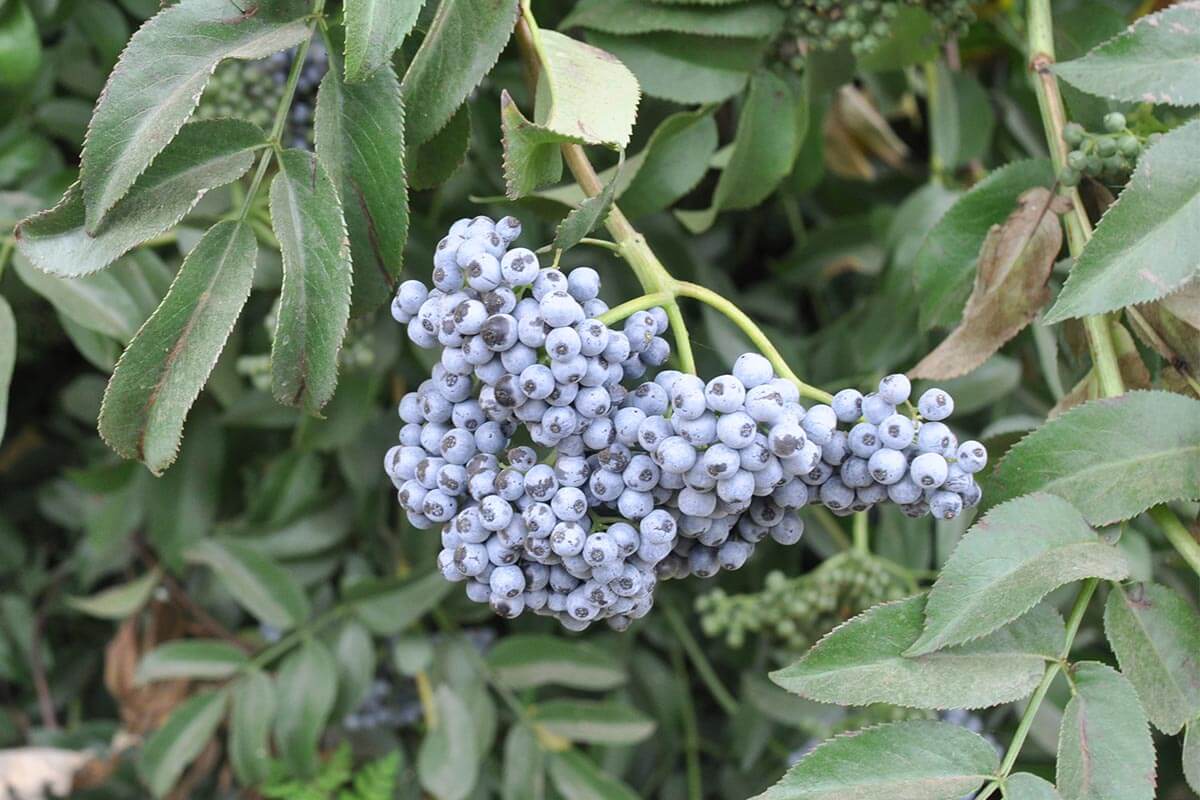
The Elderberry
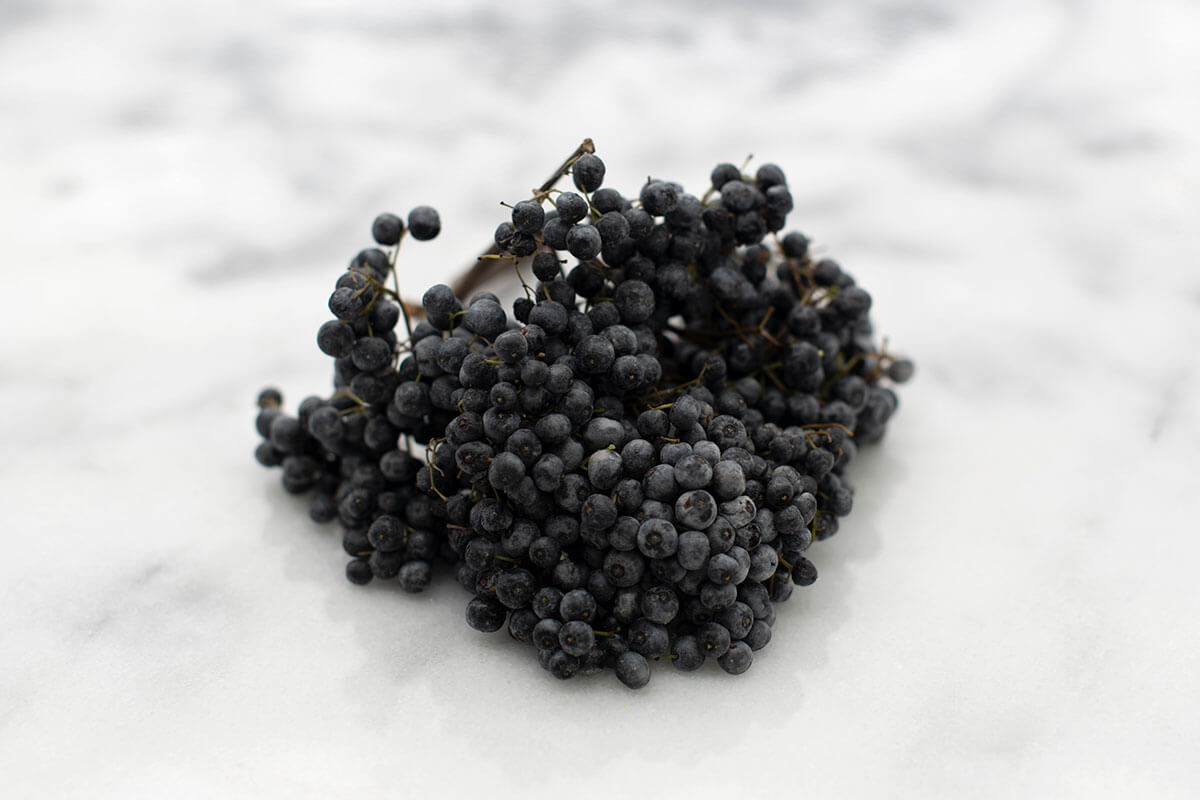
The taste is delightful
Elderberries contain the sweet, round, robust and recognizable flavor of a berry, but with a tart, native edge that transforms the mundane to magnificent. Distinctive but not acquired, the elderberry has a versatile allure that will delight kids and impress colleagues.
Find it right outside your door!
There are species of elderberry across the globe, but the most common native to the United States is the American Elderberry, or Sambucus Canadensis, and the Blue Elderberry, Sambucus Caerulea, here on the West Coast. A robust woody 10-12 foot shrub that grows along roads and waterways, stunning bunches of cream elderflowers appear in the spring then make way for dark clusters of plump berries in summer. Like ALL foraged plants, we strongly recommend you are well educated on safe foraging and consumption to avoid ingesting toxic parts of the plant!
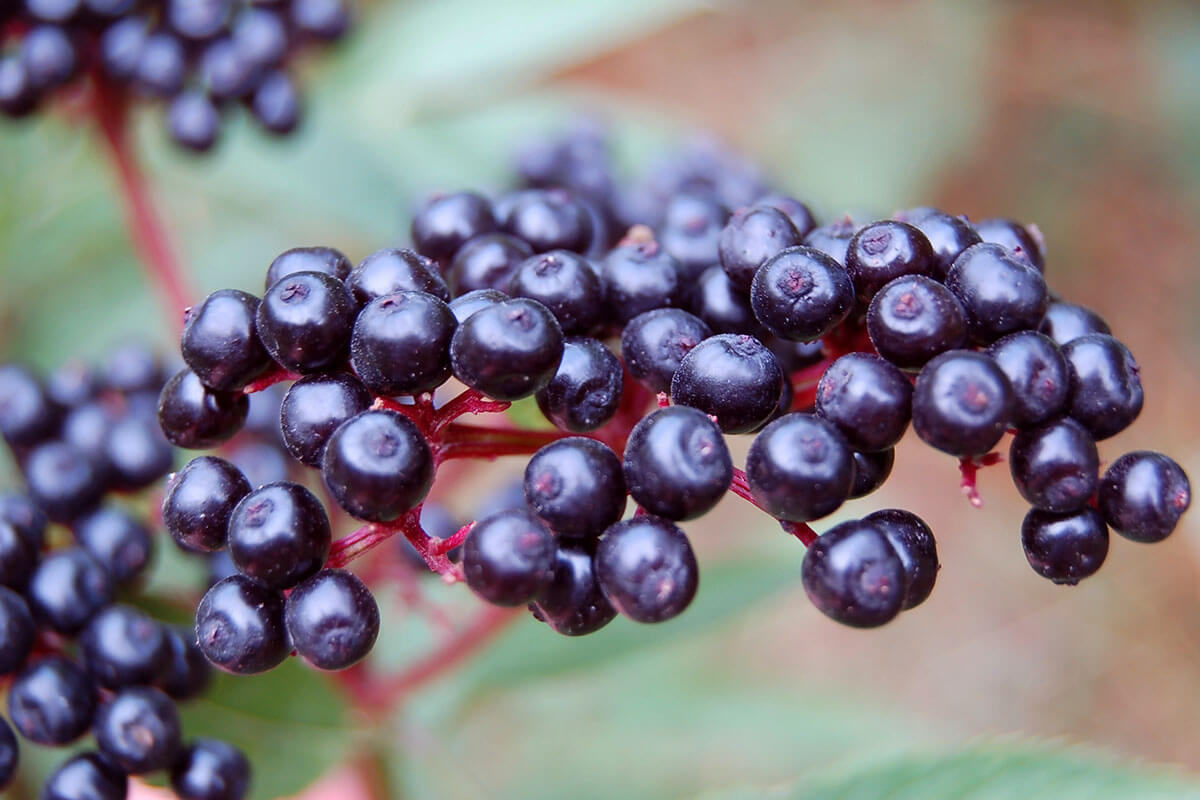
* These statements have not been evaluated by the Food and Drug Administration.
This product is not intended to diagnose, treat, cure or prevent any diseases.
